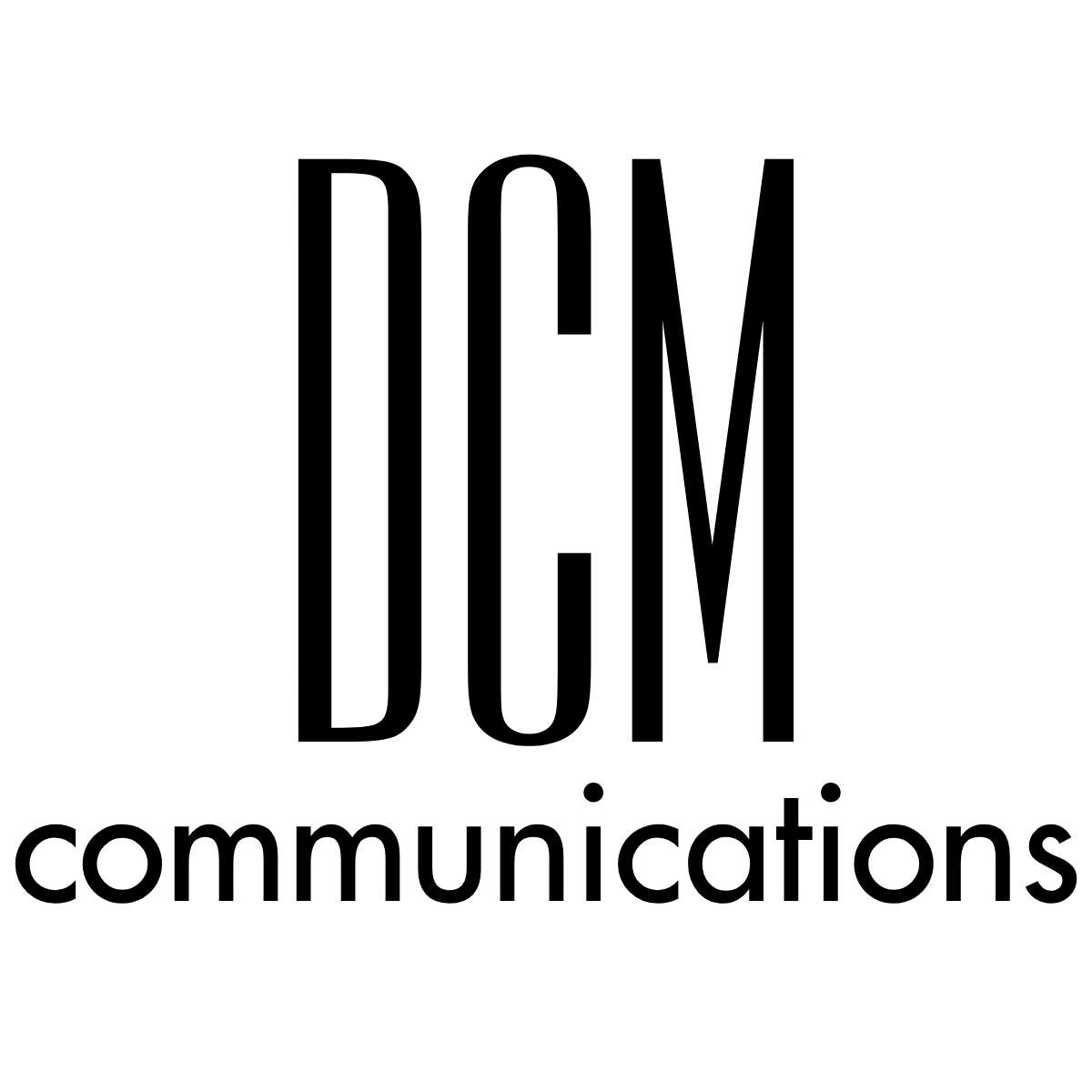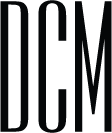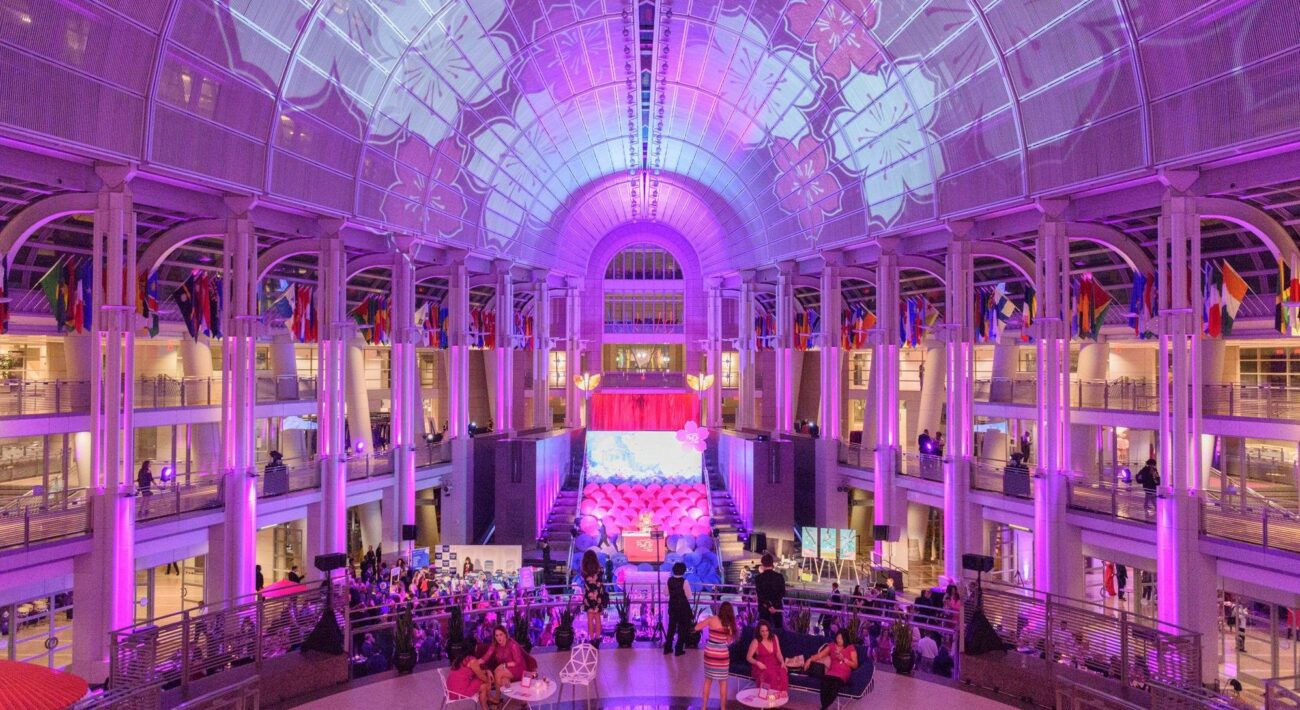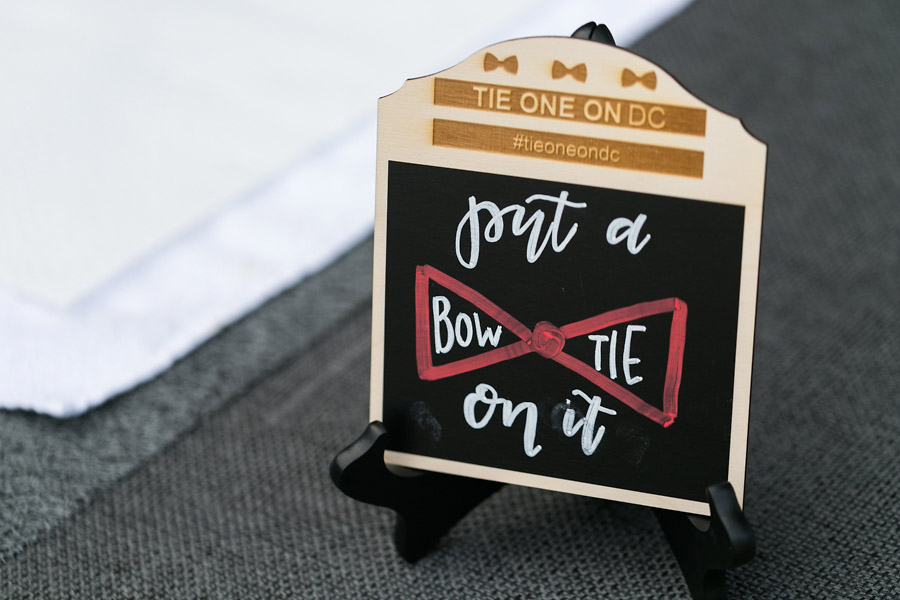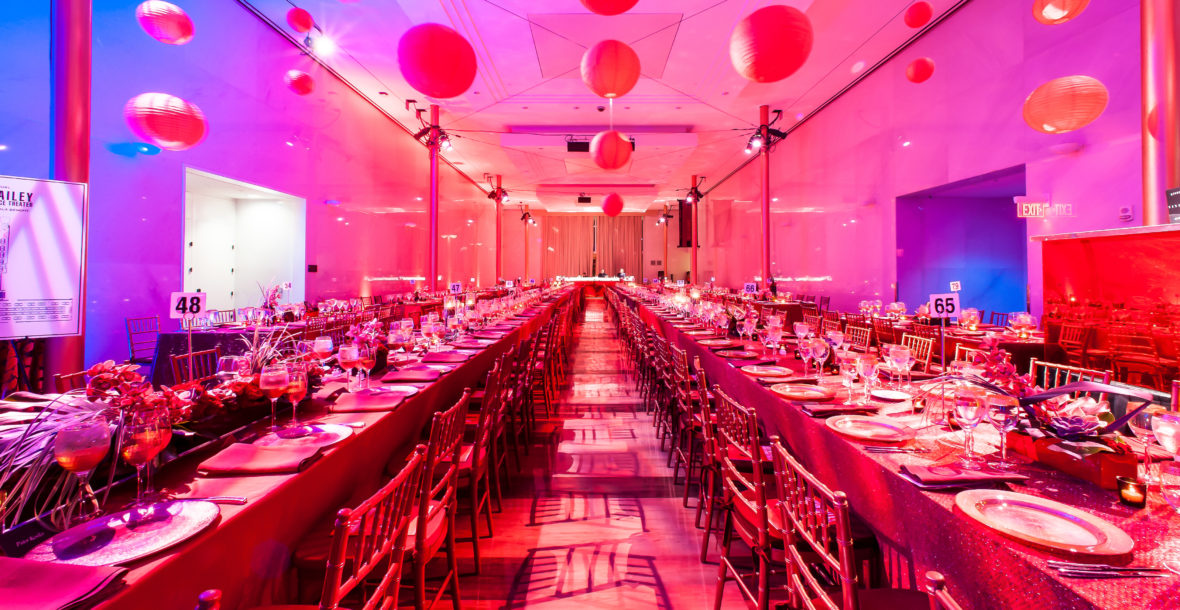What A Successful Event Sponsorship Looks Like
Every year the Cherry Blossom Festival in Washington DC begins with the same event: The Pink Tie Party. This mix and mingle of local socialites, media, influencers, and corporate sponsors is the spring highlight of many people’s event season. In fact, I’ve previously reported for BizBash about how the event has continued to grow year-over-year moving from hotel ballrooms to the Ronald Reagan Building and International Trade Center.
One of the biggest strengths for this fundraiser (aside from the ever-increasing attendance and always beautiful decor) are the sponsor activations. This year’s activations included an Osaka Food Showcase, casino games courtesy of MGM National Harbor, and a giant paint-by-number experience.
The headliner of the onsite experiences this year was definitely Japanese airline ANA. Each year the company ups its game and shows the world what an effective event sponsorship looks like. It all comes down to two main principles: guest engagement and branding.
Event Branding
Branding should be a given, so I won’t spent much time on that. Put your logo on EVERYTHING in your sponsor area. From the decor and signage to the items guests walk away with it, brand it all. In fact, follow my favorite southern idiom: If it’s not moving, monogram it! ANA accomplished this in a couple ways:
1. The carpet outside the mini replica of the interior of its Business Class Cabin Experience and on all signage surrounding it.
2. The umbrella decor, created by Design Foundry, on the venue’s centrally-located stairs where the DJ performs. Because of the grandeur of its location and extent of decor, just about every person attending takes at least one photo of the stairs.
The Guest Engagement
The way ANA got attendees involved with their brand though is what really makes this sponsorship a success. Yes they put their logo all over, but ANA’s strength is creating opportunities for people to interact with the brand AND, of course, its onsite staffers. This was accomplished in a couple of ways:
1. Business Class Cabin Experience
Those airplane seats above? They weren’t just for show. Rather attendees actually got to sit down, lean back and receive the treatment one would if they took an ANA flight complete with cabin service by the on-site flight attendants.
Additionally, the attendants provided virtual reality headsets for guests to wear and further emerge them in the experience that goes with an ANA flight.
2. Photo Booth
By sponsoring the photo opportunity at the event, ANA guaranteed that their sponsorship’s reach extended well beyond the onsite attendees and into each person’s full network. Powered by Tickled Photo Booth, the gif images guests took could immediately be shared on social media, allowing ANA to get it’s name in front of every follower for each person in that picture. Talk about exponential reach!
Plus, the company offered an additional incentive to share those pics: anyone who posted an ANA photo on their social accounts using the provided hashtags got entered into a a drawing for two round trip tickets to Tokyo.
Even if ANA isn’t tagged in each picture, the photo itself is eyeballs on their name, which can lead to questions of “I wonder who that company is?” and the rabbit hole of internet research (and ANA’s sales funnel) begins.
MGM National Harbor also understands the power of a photo. The hotel and casino provided branded drink stirrers in each of the night’s specialty cocktails, which the venue’s catering team topped with cotton candy. Pretty drinks are Instagram gold and MGM knew that and took advantage.
The Lesson
Take advantage of whatever level of sponsorship you are doing and use every opportunity to get your brand into the photos and memories of the event’s attendees. Just like the event itself, creating a way for guests to experience the brand (rather than just see it) will stick in their memory longer. Positive sticky memories = higher likelihood of buying in the future.

